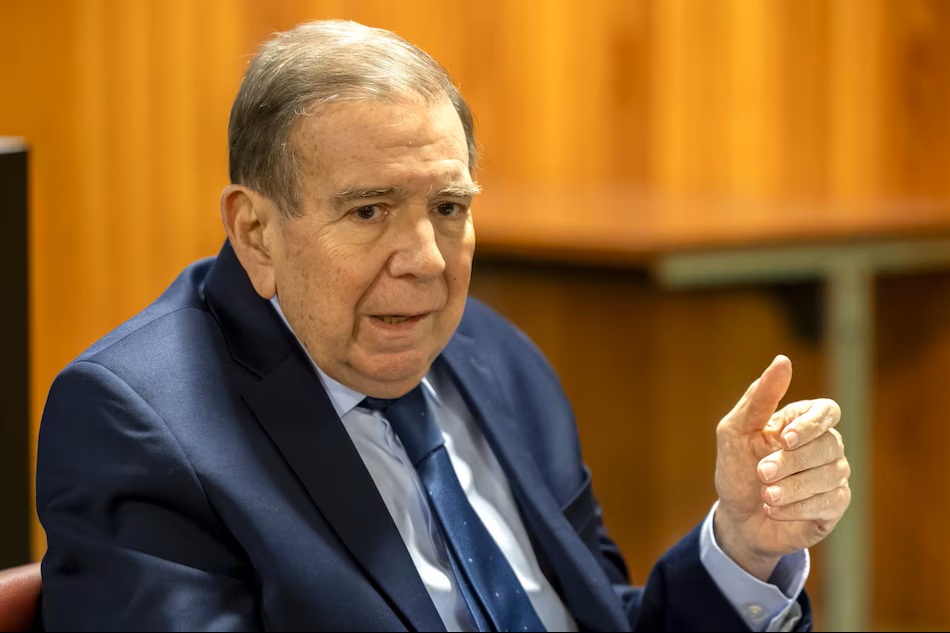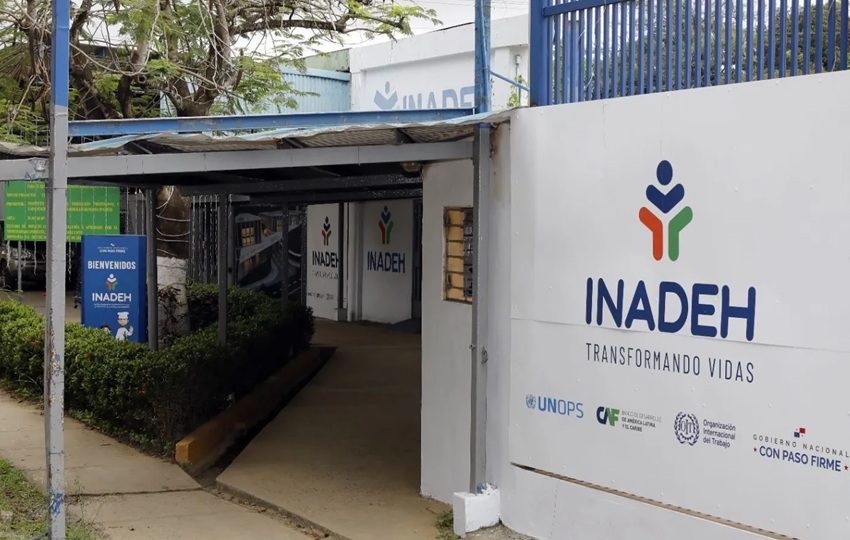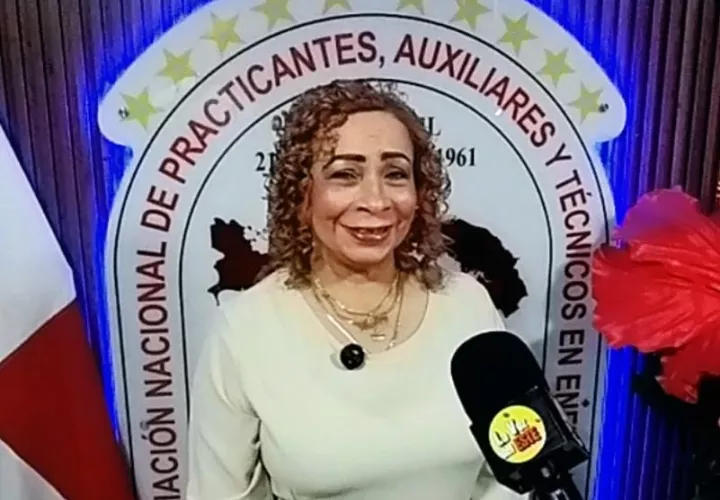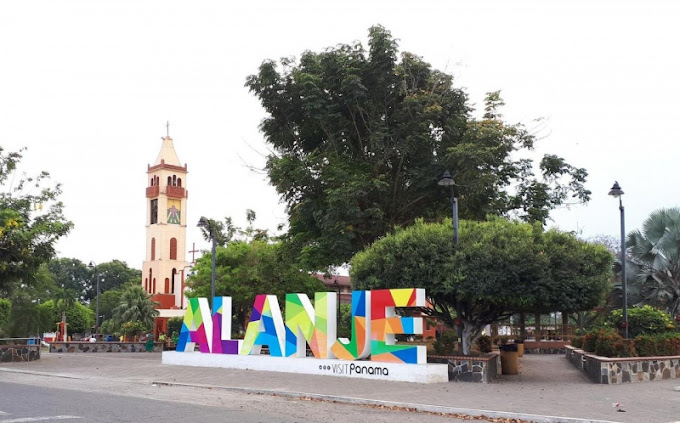Engineers identify problem spots in metro tunnel building

A team of engineers has identified three potential areas of subsidence along the planned route for the underground section of Panama’s Metro subway.
The revelations came during a conference on tunneling at the City of Knowledge early in the week.

The potential problem areas are on Fernandez de Cordoba, and where Justo Arosemena joins Via Espana and at Albrook.
Agustin Arias, chief engineeering adviser of the Panama Metro Secretariat said that although the land where the tunnel will run shows 70%, rock characteristics (ideal for working with TBMs) in the three sectors identified there are groundwater levels that could cause subsidence, or settlement.
The engineer said that to avoid complications and as a preventative measure, boreholes will be drilled to check water levels when excavations begin.
Soil studies and surveys throughout the project where tunneling will be done ndicate that any settlement would be found under the tracks and under buildings.
Arias said that as the country does has not previously built tunnels, it is difficult to record how the ground will react.
Robert Roy, executive secretary of the Panama Metro, said that the route of the subway tunnel has two sharp turns: one at the end of the road Fernandez de Cordoba, entering via Espana and another at a point where Via Espana links to Justo Arosemena.
According to Roy, the curves do not present complications, although it was found that the underground section of the Metro passes under a building, Mauritius Sports, on Via Espana.
There is also a potential for flooding, caused by rain that could affect the equipment to be used as the works progress, said Roy .
The challenges were discussed at a conference on urban tunnels, held in the City of Knowledge, earlier in the week when José María Rodríguez, professor of geotechnical engineering at the Polytechnic University of Madrid spoke.
The tunneling expert presented some problems that can potentially arise in building a metro in Panama, with the effects of water seepage, settlements and some structural details.
During the week President Martienelli said the subway would be completed by 2013.





